Thermal management is a critical aspect of various industries, ranging from manufacturing to energy production and even daily comfort applications.
Among the innovative solutions that have revolutionized the field is the use of finned tubes.
These specialized heat exchangers have proven to be invaluable in enhancing heat transfer efficiency and optimizing energy consumption.
In this comprehensive guide, we will delve into the world of finned tubes, exploring their mechanisms, applications, benefits, and considerations.

Understanding Finned Tubes
At its core, a finned tube is a heat exchanger that amplifies the surface area available for heat transfer.
The concept is ingenious in its simplicity: by attaching fin-like structures to the exterior of a tube, the surface area exposed to the surrounding environment is dramatically increased.
This augmentation in surface area facilitates more efficient heat transfer between the fluid flowing through the tubes and the ambient environment.
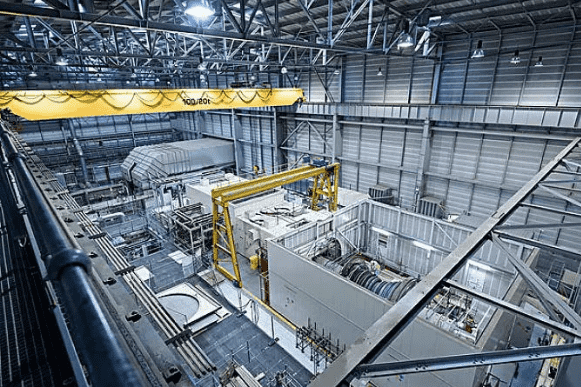
Mechanisms of Enhanced Heat Transfer
The efficiency of finned tubes hinges on two primary mechanisms: conduction and convection.
The fins significantly expand the surface area in contact with the fluid, thereby promoting enhanced heat conduction.
Moreover, the extended surface area accelerates convective heat transfer, as the increased interaction between the fins and the surrounding fluid expedites the exchange of thermal energy.
Diverse Applications
Finned tubes find application across a wide spectrum of industries.
In air conditioning and refrigeration systems, they are frequently employed in evaporator and condenser coils.
These coils play a pivotal role in transferring heat between the refrigerant and the surrounding air, facilitating effective cooling or heating as needed.
In industrial processes, such as oil refining and chemical manufacturing, finned tubes are integral components of heat exchangers that regulate the temperature of various fluids involved in production.

Benefits and Advantages
The implementation of finned tubes offers numerous benefits.
Firstly, they enable systems to achieve the desired temperature with enhanced efficiency, leading to reduced energy consumption and operational costs.
This efficiency translates into environmental gains, as lower energy usage results in diminished greenhouse gas emissions.
Furthermore, the compact nature of finned tubes allows for the design of space-efficient heat exchange systems, particularly important in industries where real estate is at a premium.
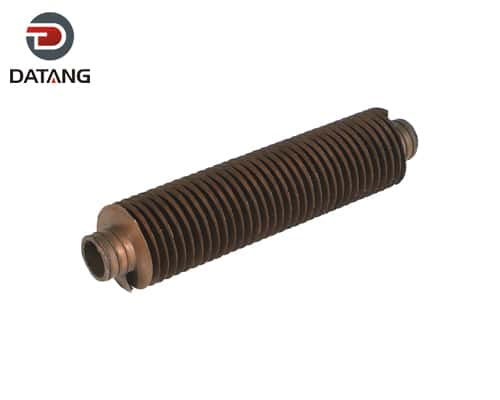
Challenges and Considerations
While finned tubes offer remarkable advantages, their design and integration require careful consideration.
Factors such as fin geometry, material selection, fluid properties, and the potential for fouling or corrosion must be meticulously assessed to ensure optimal performance.
Regular maintenance practices are essential to prevent fouling, which can lead to a reduction in heat transfer efficiency over time.
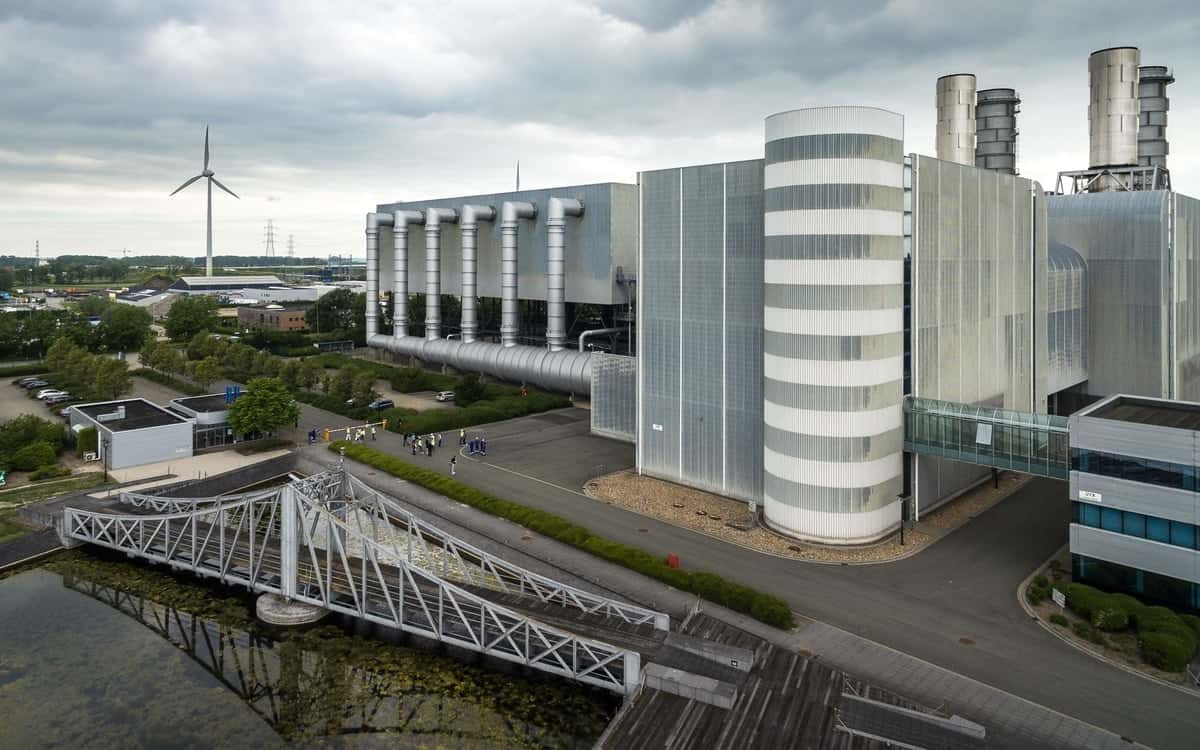
Emerging Trends and Innovations
As technology advances, new trends and innovations are emerging in the realm of finned tubes.
Researchers and engineers are exploring novel fin designs, such as wavy or helical fins, which have the potential to further amplify heat transfer efficiency.
Computational fluid dynamics (CFD) simulations are being leveraged to model and predict the performance of finned tube heat exchangers under various conditions, enabling more accurate design optimization.
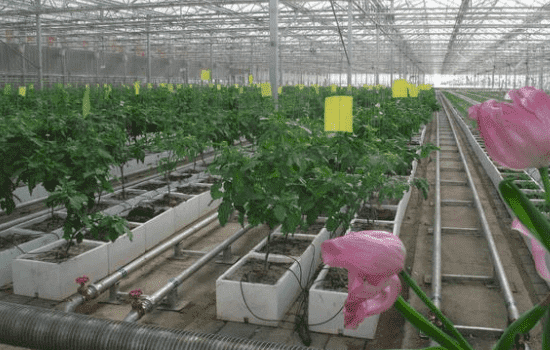
Conclusion
Finned tubes stand as a testament to human ingenuity in optimizing heat transfer for diverse applications.
From industrial processes to environmental sustainability, the integration of finned tubes brings about remarkable enhancements in efficiency.
As industries continue to prioritize energy conservation and responsible resource utilization, the role of finned tubes in thermal management is poised to expand, ushering in a future where efficient heat transfer is a standard practice.
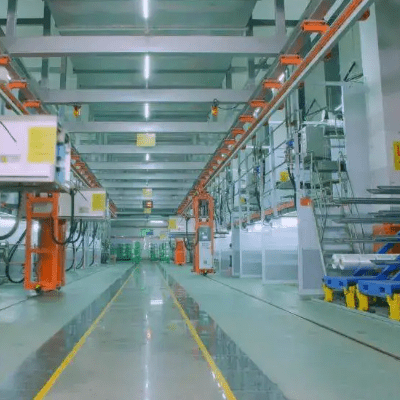
By understanding the principles, applications, and considerations of finned tubes, industries can unlock their potential to create more efficient and sustainable thermal management solutions.
